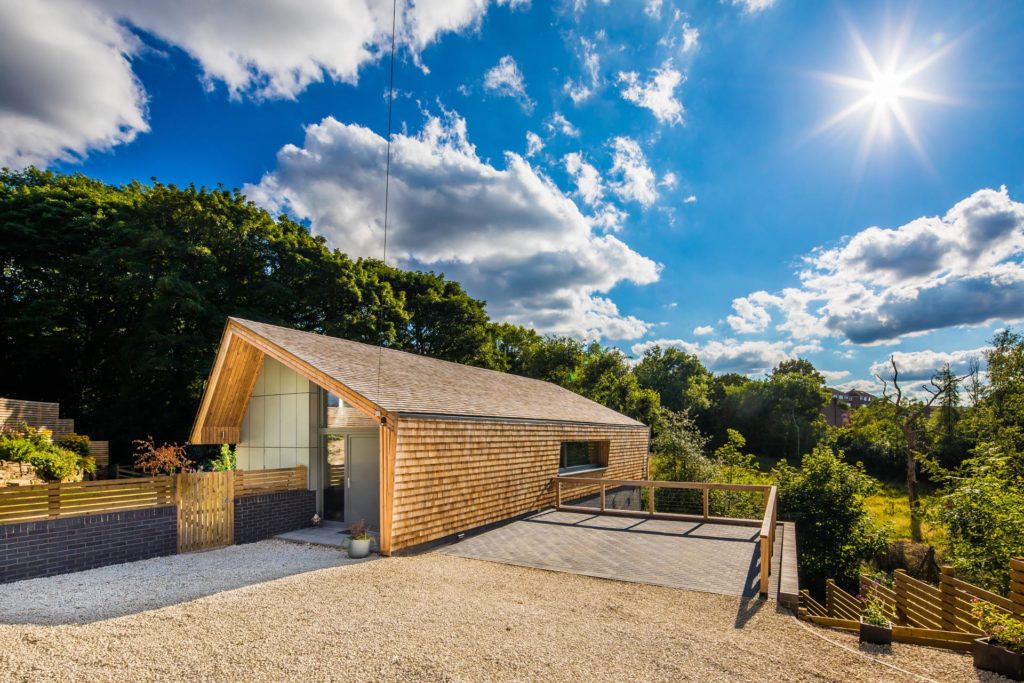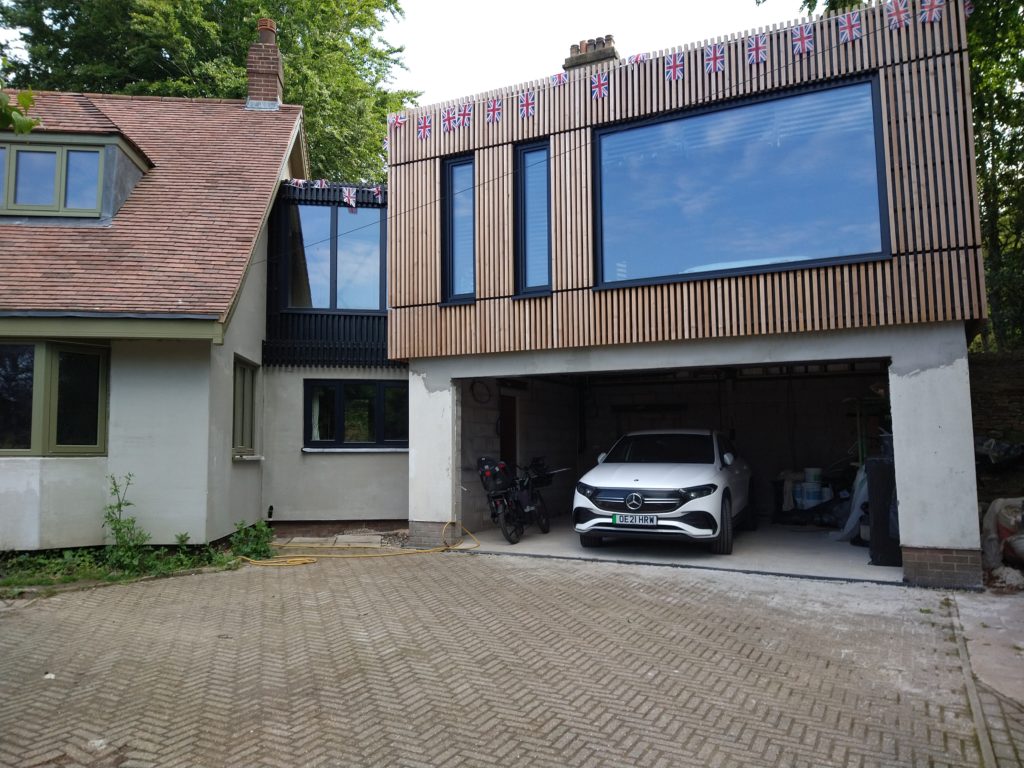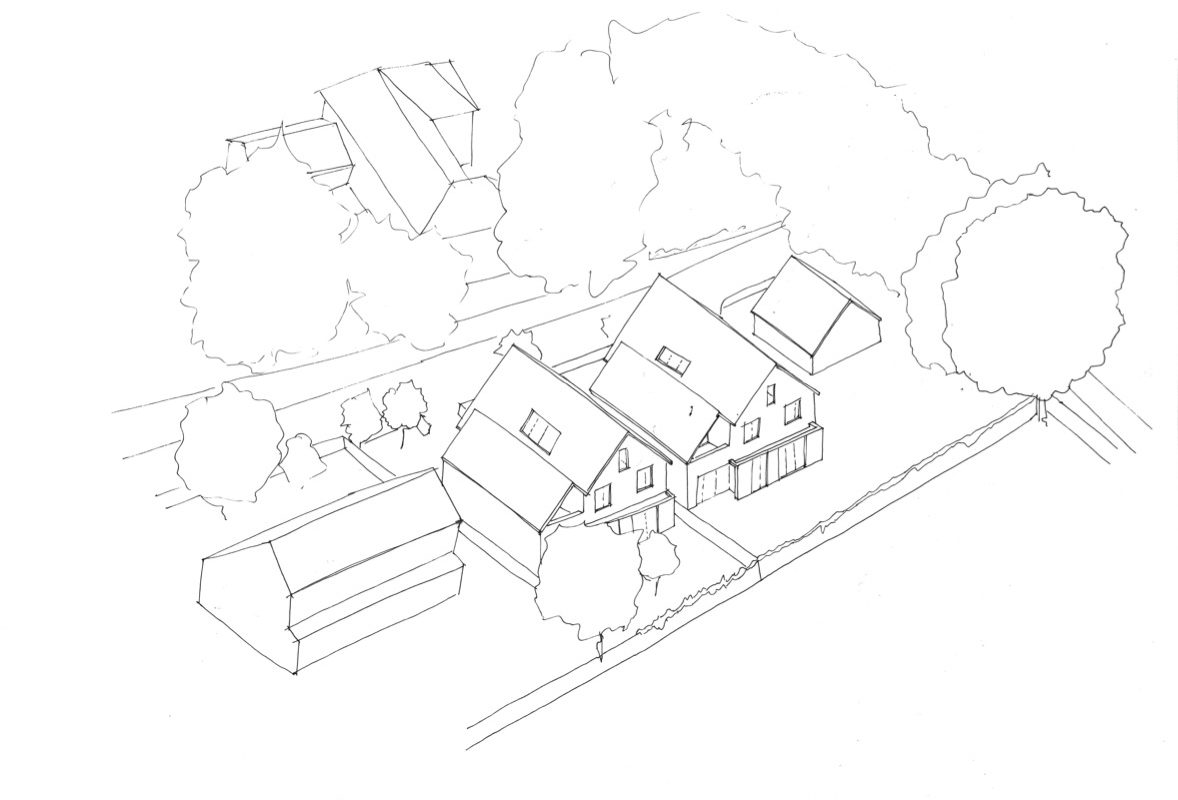Pre-application engagement: How do local authorities tend to work?
Pre-app is an important part of the planning process. Issues are discussed and resolved before submitting a full application. However, this differs between different local authorities. Some request a meeting, some refuse to engage apart from in writing. Some won’t offer anything in writing and we never know how long the response will be.
We’re now in a situation where most local authorities assign a fee to a pre-application procedure. In addition to which there’s still no formalised process.
We’d recommend that you always engage with the pre-application process. If you don’t engage with the pre-application process, local authorities now have the right to reject your application without engaging with you at all.
How long should I wait for the local authority to respond?
Pre application should be handled on a case-by-case basis. When working on a proposal, we tend to give the local authority 15 working days to respond. If there’s no contact within that time frame, we will then write to the local authority confirming that we’ll be going ahead with submitting a formal planning application. That’s been an effective tool.
That said, if you’ve got a tricky site, the decision to withdraw the pre-application submission is trickier. You may need to understand what they were going to say, so you could then plan how to deal with the next phase. In this instance, the pre-app can be very useful but it’s always case-by-case.
Pre-app is an opportunity to take stock, especially with a risky site
Paul Testa, HEM Architects
When should you work with a planning consultant?
If you’re going to need a planning consultant, you should bring one in right at the get-go. You then have a framework that you can trust. Therefore, when you’re in the position to submit an application, you don’t need further support from a planning consultant because you’ve dealt with the issues and answered all the questions that the planners would raise.
Unfortunately the system is designed to trip you up. On a complex site or project, you’ll want a planning consultant to help your design team navigate through it with the greatest chance of success.
From a value perspective, it’s far more effective to go to a planning authority armed with the support and knowledge a consultant has given you. Rather than asking the authority what you should do, you’re going to them and telling them what you’re going to do and justify why.
This was the case with our Hen House project, which Susan Crowley, from Crowley Associates consulted on. We have worked with Susan on multiple projects and she was instrumental in the strategy that achieved planning permission for the Hen House. Past applications had tried and failed to gain planning, but with Susan’s guidance, we got the green light.

By the end of my first visit with the clients, I had already said that they should build the house on another bit of the land, because it would be far less problematic from a planning perspective. That bit of land was on a vertical slope, but after reviewing it, HEM knew it could work and would be a brilliant challenge design-wise.
Susan Crowley, Crowley associates
Invest in reports and do your homework
We often see clients make the mistake of trying to save money upfront by either not getting certain reports or investigations done, or getting a lesser version done to minimise cost risk. This puts you on the back-foot in the application process and you can’t be as robust in your response to any issues raised by the local authority.
Communication with the planning authority is critical
You will often receive comments from a planning officer during the life of a project. Even if these are negative, it’s important to ensure you don’t react too hastily. If you’ve prepared correctly prior to the application, comments are very often about design detail rather than bigger planning matters.
The National Planning Policy Framework makes it very clear that focussing on specific design details isn’t something a local authority should do. That’s not always the case though and it’s something we challenge them on.
We worked on a project recently where the planning officer wanted the design to use zinc cladding. It was the wrong thing for the project, and after questioning them, we got the timber that we wanted to be approved.
Alan Macdonald, HEM Architects

When is the right time to go ahead or walk away from a planning application?
This is a tricky position to find yourself in, and many people do. When working on an application, We always weigh up the probability of success.
You can often determine a lot from the local planning authority; either that gives you guidance about how best to approach the next level, or that you’re going to struggle to justify against those pieces of policy or the position the local authority is taking. It allows you to take stock.
Ultimately, it’s a gamble. You can make a case, just like a lawyer can for their client but if you push to a refusal, our appeal process is broken at the moment. However, we should see things shifting again in favour of development, not the other way round.
Plan to go to appeal whether you end up there or not
This is a key bit of advice. Always plan and be ready to go to appeal, whether that happens or not. Don’t look to the local authority for the right decision, look to the appeal system.
Supplementary planning guides are important. But many are out of date
Most residential design guides from planning authorities are at least 20 years out of date. They’re out of date, not just in the context of our planning policy framework, but also in the context of our permitted development rights.
A lot of the guidance we refer to is from Development Plan Documents. It amplifies the more strategic guidance within the local planning policy.
The difference between guidance and policy.
- The National Planning Policy Framework outlines what the planning system does.
- Local Planning Policy is specific to that local area.
- Development Plan Documents (known as Supplementary Planning Guidance / Documents) provide more detailed advice to what’s in the local planning policy document.
A smaller project can be more challenging
In our experience, we have found smaller, residential projects such as an extension receive more scrutiny than larger developments. It’s almost like, the smaller it is, the more they can drill down into the detail because they understand it better.
It becomes easier once a planning authority trusts you
The application process is easier if the planning authority knows the team involved. Once a local authority gets to know a practice and trusts them, whether they’re planning or architecture, that means a lot. Once they know you do it properly, it’s much easier to go back and challenge them.
Need help with your planning application?
We’re experts in gaining planning permission on tricky sites. Get in touch to see how we can help.
